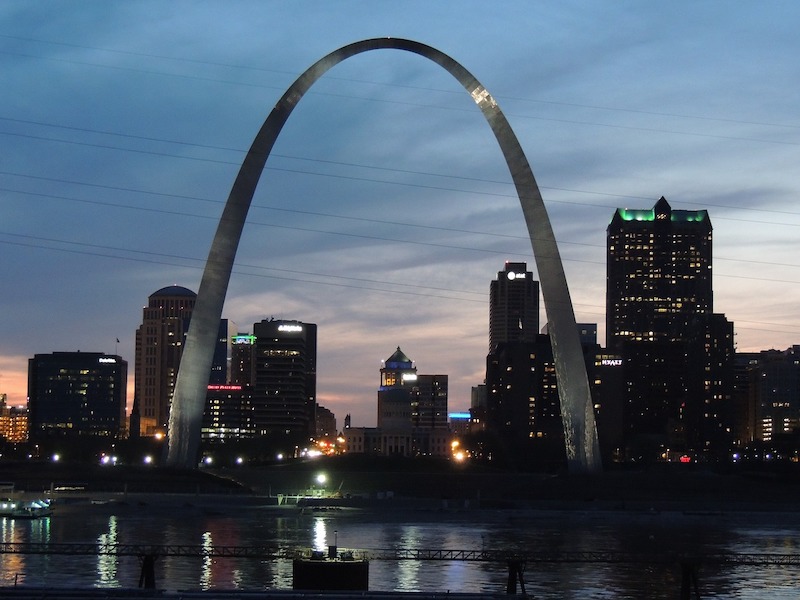Building owners in St. Louis could save at least $61.5 million annually by improving energy efficiency in their buildings, according to the city’s first annual Building Energy Benchmarking Report & Checklist to Explore Energy Savings Opportunities report.
If building owners, including the city, made efficiency upgrades, greenhouse gas emissions could be reduced by at least 11%, the report says. The calculations apply to municipally-owned and operated buildings, as well as private buildings greater than 50,000 sf. According to the City’s 2015 Greenhouse Gas Inventory, energy used in commercial, industrial, and residential buildings in St. Louis is responsible for 77% of the city’s greenhouse gas emissions.
Along with the benchmarking report, the city released a new energy efficiency checklist that was developed in conjunction with the U.S. Green Building Council-Missouri Gateway Chapter. The checklist provides recommended steps for saving energy in buildings and investing in building maintenance staff.
“We hope the energy efficient checklist, combined with education and training opportunities, utility incentives and PACE financing, will drive investments in the efficiency of our buildings and reduce their environmental impacts,” said Emily Andrews, Executive Director of the U.S. Green Building Council-Missouri Gateway Chapter, in a news release.
Related Stories
| Apr 19, 2012
Michigan legislature tackling controversial rules on electricians
A fight is brewing in the Michigan legislature over how many fully qualified electricians must be present during electrical work when apprentices also are on hand.
| Apr 19, 2012
Washington city may base building code on rising sea level due to global warming
Aberdeen may become the first city in Washington to base a building code on rising oceans and global warming.
| Apr 19, 2012
CSI webinar on energy codes and building envelopes
This seminar will review recent changes in energy codes, examples of building enclosure wall assemblies for code compliance, potential moisture management and durability challenges, and design tools to assess and minimize potential problems.
| Apr 19, 2012
Innovative plan for storm water in Philadelphia gets EPA’s OK
Philadelphia's $2 billion plan to manage its storm water with green methods including porous pavement, green roofs, and more trees, was officially approved last week by the U.S. Environmental Protection Agency.
| Apr 19, 2012
LEED 2012 to include new credit category for transit-oriented development
The updated LEED 2012 system will introduce a new credit category, “Location and Transportation,” to encourage development oriented around public transit and more walkable communities.
| Apr 17, 2012
FMI report examines federal construction trends
Given the rapid transformations occurring in the federal construction sector, FMI examines the key forces accelerating these changes, as well as their effect on the industry.
| Apr 16, 2012
University of Michigan study seeks to create efficient building design
The result, the researchers say, could be technologies capable of cutting the carbon footprint created by the huge power demands buildings place on the nation’s electrical grid.
| Apr 13, 2012
Congress’s action doesn’t mean Pentagon can’t build LEED gold structures
Though Congress passed a defense budget preventing the Department of Defense from spending money to achieve LEED gold or platinum certification, the Pentagon may still end up constructing buildings to those standards.
| Apr 13, 2012
International Living Building Institute certifies first two Net Zero Energy buildings
A community building in Oregon and an office building in California are the first two projects to earn net-zero status under the International Living Building Institute’s Net Zero Energy Certification program.
















